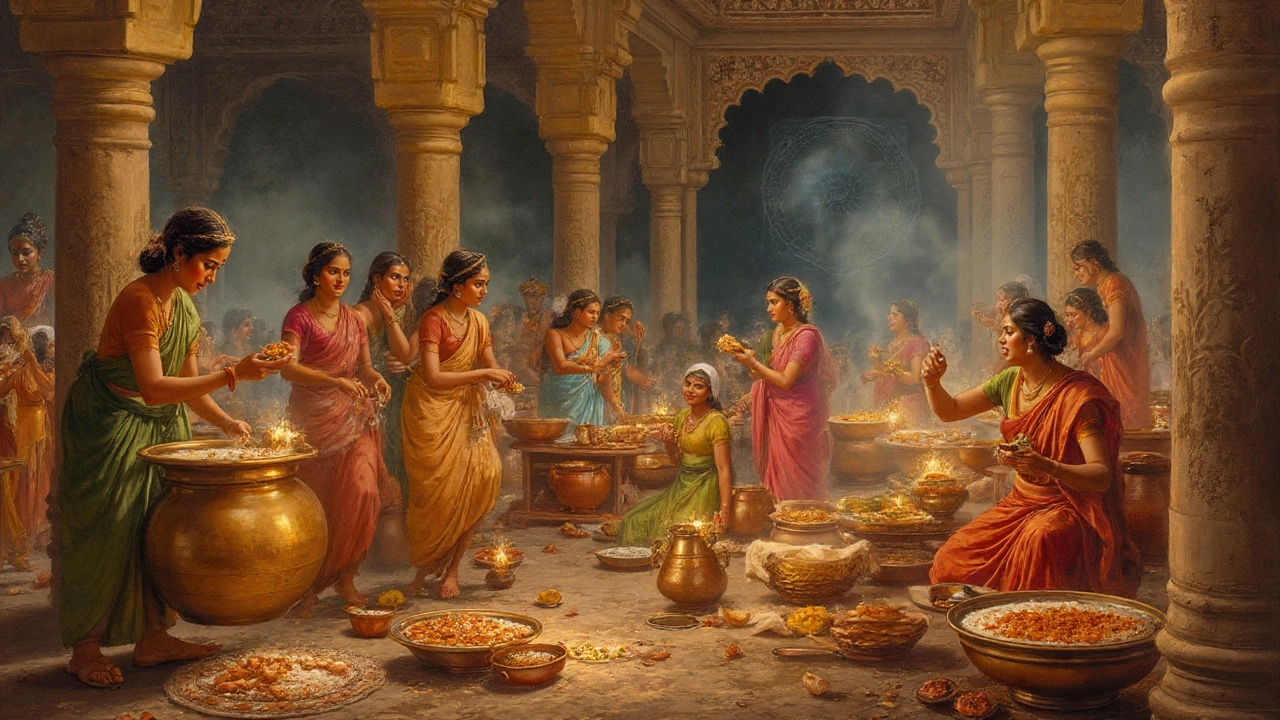Mithai in India – Everything You Need to Know
India’s sweet scene is like a colorful festival that never ends. From the sticky caramel of jalebi to the soft melt‑in‑your‑mouth gulab jamun, mithai (sweet) is woven into every celebration, street corner, and family kitchen. If you’ve ever wondered what sweets dominate the Indian table, how to pick healthier options, or which treats are perfect for everyday cravings, you’re in the right spot.
Top Popular Mithai Across the Country
Some sweets have become household names for good reason. Gulab jamun, a deep‑fried milk‑based ball soaked in rose‑scented syrup, tops the list as the most beloved sweet in India. It shows up at weddings, festivals, and birthday cakes alike. Another crowd‑pleaser is jalebi – a spiral of fermented batter fried crisp and dunked in sugary syrup, offering a perfect crunchy‑soft contrast.
Regional specialties also shine. In the South, mysore pak boasts a buttery, grain‑flour base, while the West loves dhokla that’s more savory but often served with a sweet chutney. North India prefers kaju katli (cashew fudge) and rasgulla (spongy cheese balls in light syrup). Each of these sweets carries a story about local ingredients and festive traditions.
Our tag page pulls together articles that dive deeper into these treats. For instance, the post “India's Most Popular Sweet: Why Gulab Jamun Rules Every Occasion” breaks down the history, the perfect syrup ratio, and even a few secret tips to keep the ball from breaking apart during cooking.
Making Sweet Choices: Healthier Options & Simple Swaps
Feeling guilty about a sugar binge? You’re not alone. The good news is that you can still enjoy mithai without overloading on empty calories. Our guide “Which Indian Sweet Is Healthy? Best Choices, Portions, and Smart Swaps” points out that sweets made with jaggery or date syrup cut down on refined sugar, and using nuts like almonds or pistachios adds protein and healthy fats.
Portion control makes a huge difference. A single gulab jamun (about 30 g) contains roughly 150 kcal. Swapping two pieces for one and pairing it with a cup of unsweetened tea can keep energy spikes in check. You can also try baking instead of deep‑frying; a baked carrot halwa, for example, retains the natural sweetness of carrots while using less oil.
If you love the texture of fried sweets, consider using a light spray of oil and a batter made from chickpea flour. This trick gives you that crisp bite without drowning the dessert in grease. The article on “Healthy Indian sweets” also lists easy recipes you can try at home—think mango paneer cubes sweetened with a drizzle of honey.
Finally, remember that mithai is meant to be enjoyed, not just tolerated. Celebrate festivals with a modest serving, share sweets with friends, and balance sugary treats with plenty of fresh fruit and vegetables throughout the day. By being mindful of ingredients and portions, you’ll keep the joy of Indian sweets alive without compromising your health.
Whether you’re hunting for the best gulab jamun recipe, looking for a low‑sugar alternative, or just curious about why certain sweets dominate Indian menus, this tag page is your quick‑stop guide. Dive into the articles, try a new recipe, and let the sweet side of India brighten your kitchen today.
Ancient Indian Sweets: The Fascinating Origins of India's Oldest Mithai
Travel back centuries to discover the oldest sweet in India, its flavorful history, and why this dessert still makes hearts melt today.
